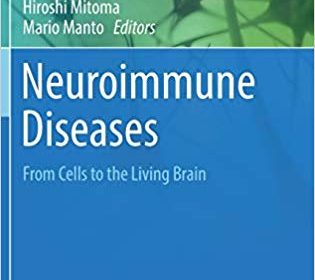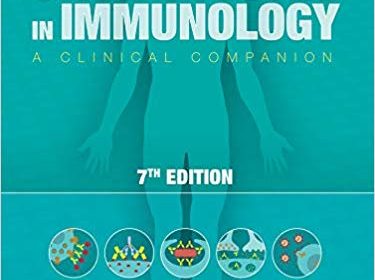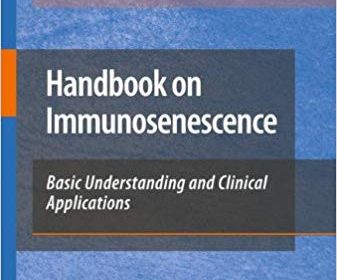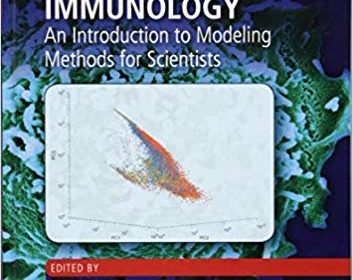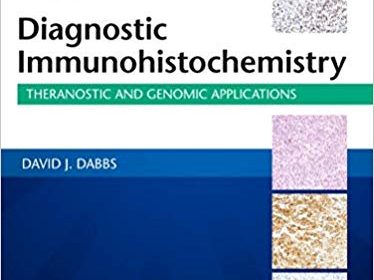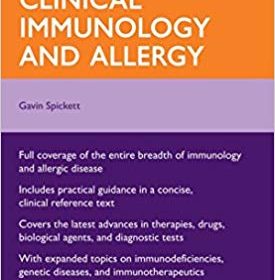Cellular and Molecular Immunology 9th Edition
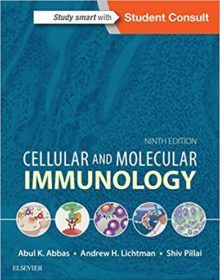
Cellular and Molecular Immunology 9th Edition
The top required and recommended immunology text worldwide, Cellular and Molecular Immunology by Drs. Abul K. Abbas, Andrew H. H. Lichtman, and Shiv Pillai, is a clear, well-written, and superbly illustrated introduction to the field. The 9th Edition retains a practical, clinical focus while updating and revising all content to ensure clarity and comprehension, bringing readers fully up to date with new and emerging information in this challenging area.
- Highlights the implications of immunologic science for the management of human disease, emphasizing clinical relevance throughout.
- Provides a highly visual, full-color description of the key immunologic and molecular processes with a fully updated, comprehensive, and consistent art program.
- Helps readers grasp the details of experimental observations that form the basis for the science of immunology at the molecular, cellular, and whole-organism levels and draw the appropriate conclusions.
- Includes summary boxes that assist with rapid review and mastery of key material.
- Student Consult™ eBook version included with purchase. This enhanced eBook experience allows you to search all of the text, figures, references and animations, designed to produce a more rounded learning experience.
- Features updates from cover to cover, including tumor immunity (tumor antigens, cancer immunotherapy), immune checkpoints, cytosolic sensors for DNA, non-canonical inflammasomes, prionization as a signaling mechanism, monogenic defects in immunity, and more.


